Failure in leadership. We’ve all been there, whether in small ways or catastrophic missteps that left us doubting our abilities. It’s uncomfortable and humbling, but it’s also fertile ground for growth. In my years as founder of Back In Motion, principal at the Iceberg Leadership Institute, and through my work in thought leadership, I’ve experienced firsthand observed in others that the true mark of a leader isn’t in sidestepping failure but in facing it head-on.
This blog explores five responses I’ve found invaluable when leadership doesn’t quite hit the mark. These are insights drawn from evidence-based practices, personal experience, and from writing on transformational and servant leadership in my books, UNLIKELY and Outside In Downside Up Leadership. Let’s take a raw, honest look at how we can respond to failure with resilience, humour, and a commitment to keep learning.
1. Embrace Responsibility with Integrity
When failure strikes, our first instinct may be to deflect blame, finding external factors that explain why things didn’t go as planned. Yet, true leadership qualities shine when we own up to our mistakes. Taking responsibility isn’t about being a martyr; it’s about showing integrity. As leaders, we set the standard, and if we’re willing to face the music, our teams will respect us more for it.
Integrity in failure means owning not just the result but the process. In the early years of Back In Motion, I learned that addressing a poor decision head-on—openly acknowledging it to my team—created a culture of trust. People are remarkably forgiving when they see humility. Integrity gives leaders a platform to rebuild credibility, often faster than you’d expect.
2. Learn, Reflect, and Adapt
Failure is one of life’s best teachers, but only if we’re paying attention. Leadership coaching and development literature often stress “reflection in action.” After each significant misstep, make it a habit to reflect: what went wrong, and why?
For me, reflection became a structured exercise. After a particularly challenging decision at Back In Motion, I took the time to debrief and look critically at my choices. This isn’t about endless self-criticism but rather a learning mindset. Ask yourself questions like, “What leadership qualities were missing here?” and “How can I avoid this in the future?” Adaptation is the payoff—if you can pivot based on lessons learned, then the failure was worth it.
3. Get Outside Perspective
It’s easy to get caught in our own echo chambers. Seeking advice from a trusted mentor or coach offers an outside-in perspective that can be transformative. Leadership coaching is invaluable here, providing an objective viewpoint that challenges assumptions and helps us see blind spots.
Throughout my journey, I’ve found this external input to be grounding. Early in my career, I was fortunate to have mentors who weren’t afraid to give me raw, unfiltered feedback. A different set of eyes can offer fresh insights that cut through our own biases. Thought leadership doesn’t mean we know it all; it means we’re open to learning from others.
4. Reframe Failure as Part of Transformation
The journey to transformational leadership includes failures. It’s not a glamorous idea, but it’s reality. Leaders who are willing to look at failure as part of their evolution can turn setbacks into powerful learning opportunities.
During my time writing Outside In Downside Up Leadership, I discovered that transformational leaders aren’t immune to failure; they’re defined by how they respond to it. When we reframe failure as feedback rather than a final verdict, we build resilience. Embrace the stumble as part of the growth process. It’s all part of crafting a leadership style that’s both adaptable and robust.
5. Keep Your Sense of Humour
If there’s one thing that keeps leaders going through rough patches, it’s the ability to laugh at themselves. There’s an honesty in humour that brings people together, especially in tough times. A little self-deprecating humour after a major misstep can help to defuse tension, remind your team (and yourself) that you’re human, and build a bridge toward regaining confidence.
As a public speaker, I’ve found that sharing stories of my own mishaps, with a touch of humour, is often what resonates most with audiences. It’s relatable and grounding. A bit of laughter can act as a reset, helping to get back on track with a refreshed mindset.
The Bottom Line: Strength Through Failure
When leadership fails, it can feel like a personal reflection of inadequacy. Yet, in reality, failure often sets the stage for growth, fostering resilience, adaptability, and wisdom. It’s a moment where your leadership character is truly tested. In a world of constant change, our ability to rebound from failure can become one of our greatest assets.
As you reflect on your own journey, remember: leadership isn’t about being perfect; it’s about showing up with honesty, integrity, and a willingness to grow. If you’re looking to dive deeper into this topic, you’ll find more insights in some of my books which tackle real-world leadership challenges with practical strategies and lessons learned.
For those interested in thought leadership, leadership development, and transformational leadership coaching, I’m available for speaking engagements and one-on-one coaching sessions. Together, we can navigate the highs and lows of leadership and build a resilient, purpose-driven approach that lasts. After all, people matter, and that includes the leader within you.

